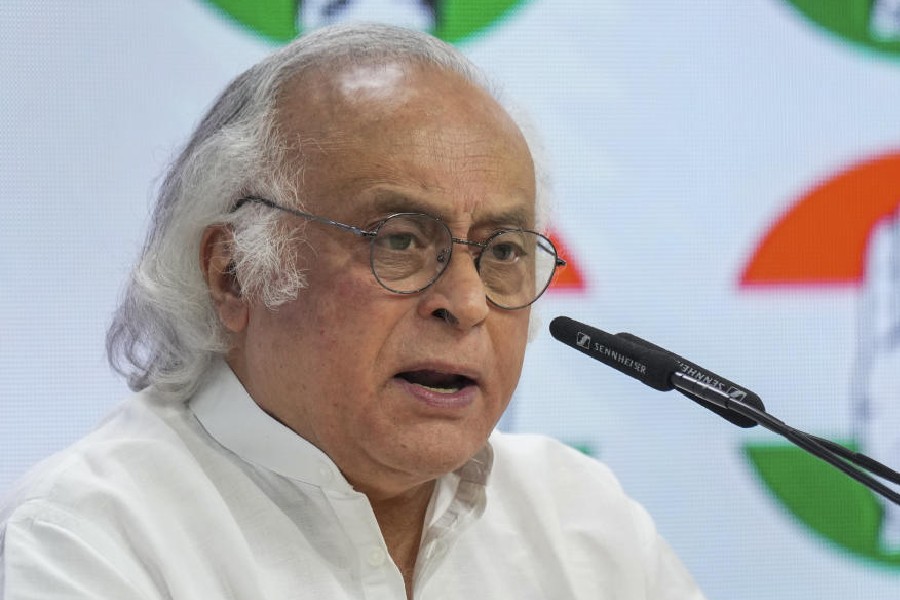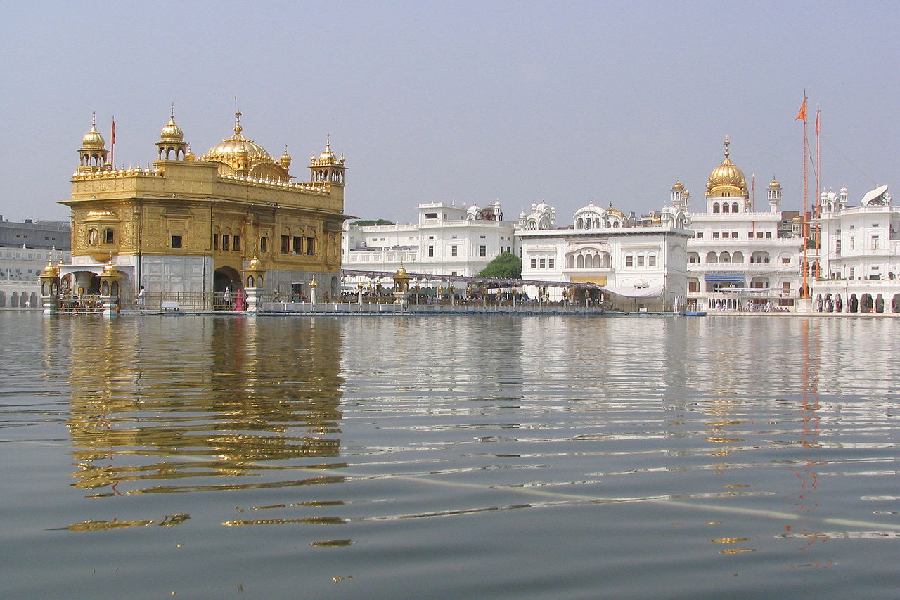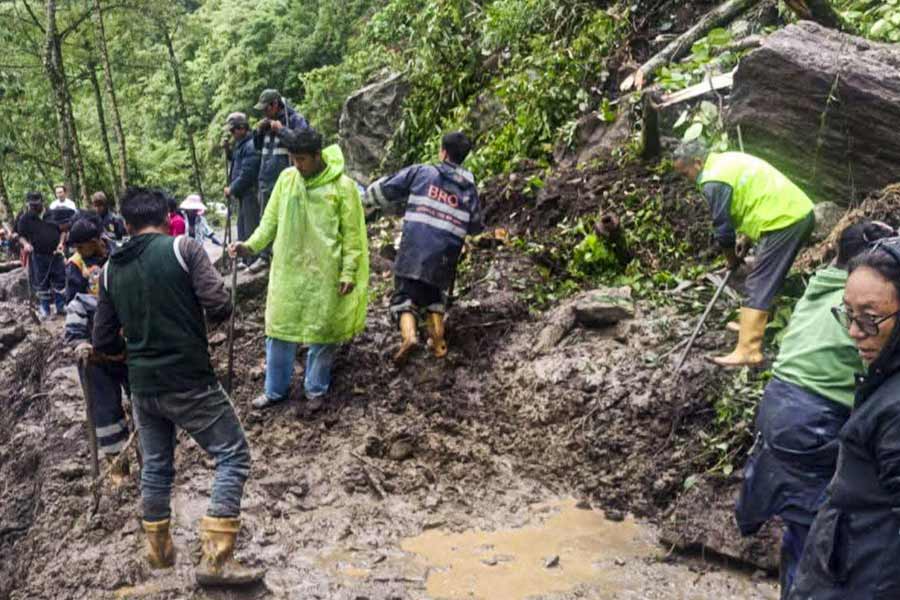 |
 |
 |
 |
 |
| (From top:) A statue at Langudi, the Udaygiri stupa, Buddha in dhyana mudra at Udaygiri, rock cut votive stupas at Langudi and the Udaygiri monastery. Telegraph pictures |
Bhubaneswar, Sept. 5: The Kalinga War was a turning point in the history of Buddhism. The transformation of King Ashoka from Coohandashoka to Dharmashoka took place with this war and the emperor was instrumental in influencing the religious thinking of the entire south-east Asia. The transformed king, who embraced the religion, had the message of Buddhism reach shores of distant island nations. Gradually, the new religion won a large number of followers across the entire area.
Historical evidence suggests that Orissa was the epicentre of Buddhist learning and culture in India. Chinese traveller Hiuen Tsang’s account of Buddhism in Orissa speaks about the existence of Ashokan and post-Ashokan stupas, bell capitals, copper plates, discovery of Buddhist figures, images and large monasteries (Buddha Biharas) and inscriptions. These confirm the firm ties of Buddhism with the region.
Orissan Institute of Maritime and South-East Asian Studies (OIMSEAS) secretary Sunil Kumar Patnaik said: “It was during the rule of Bhaumakara dynasty in Kalinga between the eighth and tenth century AD that Buddhism reached its zenith.
According to inscriptions, a Bhaumakara king copied Gandavhyuha, a Mahayana text, and presented it to a Chinese emperor. Historical accounts of Hiuen Tsang and Fa-Hien also reflect Buddhism flourishing in the state during those times.
“While researchers of Buddhism acknowledge that Kalinga was a major centre of Tantric Buddhism in various forms like Vajrayana, Kalachakrayana and Sahajayana, another group also believes that Kalinga contributed immensely towards the growth of Tantric Buddhism and it had considerable interaction with Tibetan Tantric schools,’’ he added.
At least 300 Buddhist sites are listed in the state. The excavation of Ratnagiri, Lalitgiri and Udayagiri sites, apart from the discovery of another important site near Langudi Hills, showcase a detailed picture of the Buddhist influence over the land in the past.
“While Ratnagiri is the signature site in the excavated area of the early sixties, the entire data was reported by one British officer way back in 1871.
Later, Prabhat Mukherjee of Utkal University, Bhubaneswar organised a visit of the then tourism minister Raj Bahadur in the early fifties. Consequently, the Archaeological Survey of India started the excavation under the guidance of Debala Mitra. Later excavations were carried by Krunasagar Behera of Utkal University, backed by the State Archaeology in 1982-’83 and again by the Archaeological Survey of India in 1986,” said B.K. Rath, former state archaeologist.
“It is high time we explore the traditional Buddhist practices here and link it to other south-east Asian nations. Then, we may be able to develop a special package to attract tourists. For example, the Zen Buddhism practiced in Japan could have its origin in Orissa as the Ratnagiri was an important centre place to learn yogic principles. Also, we can explore our rich maritime tradition in relation with Buddhism, its progress and ancient links with the Kalinga empire, so that tourists respond to the ideas,’’ he added.
The OIMSEAS secretary said: “While Ratnagiri, Lalitgiri, Udaygiri and Langudi hills deserve special mention in this subject, there are many other sites scattered all over the state. There is not a single district in Orissa where Buddhist artefacts have not been found. The fact that all these sites are intact also establish the amount of religious tolerance in the people of the region.’’
Ratnagiri: This signature site of Buddhism is on the bank of Birupa river. With a rich concentration of Buddhist antiquities, large-scale excavations here have unearthed shrines, large monasteries, a big stupa and a number of votive stupas. Established in the sixth century AD, it appears that Buddhism flourished in the locality unhindered till the twelfth century AD. Initially, Ratnagiri was a major centre of the Mahayana school of Buddhism. However, during the 8th and 9th century AD it became a great centre of Tantric Buddhism. Subsequently, in the 10th century AD, Ratnagiri played a significant role in the emergence of Kalachakra Tantra.
Lalitgiri: One of the earliest Buddhist complexes, Lalitgiri dates back to the first century AD. A huge brick monastery, remains of a Chaitya hall, a number of votive stupas and a renovated stone stupa at the top of a hillock are found in the area. The discovery of a golden casket in 1985 containing sacred bone relics, arguably of Buddha himself, enhanced the religious importance of this place.
Udaygiri: One of the largest Buddhist complexes in Orissa, Udaygiri is known for its Madhavapura Mahavihara complex, which came into being after Ratnagiri and Lalitgiri, flourishing between the seventhth and twelfth century AD. Located in the basin of a U-shaped hill, the place has ruins of brick monasteries, a brick stupa, rock-cut sculptures and a stepped well with an inscription. Images of Dhyani Buddha, Bodhisattva, Avolokiteswara, Tara, Jambhala, Aparajita and Heruka are found here.
Langudi: Ratnagiri, Udaygiri, Lalitgiri, Langudi, Tarapur, Vajragiri, Kayama and Deuli are all located within a radius of 20km. The area, with Birupa river on one side and Kelua and Brahmani on the other, can safely be called the “epicentre” of Buddhism in India. The Radhanagar settlement, as it was known earlier, dates back to the time of Sisupalgarh near Bhubaneswar. The Theravada school of Buddhism, now practiced in Sri Lanka and Thailand, in all probability, originated from this area.
“The state government is taking steps to develop the Buddhist circuit with better road connectivity and all the sites will have museums and interpretation centres. The road connecting Udaygiri and Vajragiri on the bank of the Kelua river, is a beautiful driveway and one can really visiting the sites in a car. The hillock of Deuli near NH-5 is beautiful and the approach roads to all the sites are ready,’’ said OIMSEAS secretary Sunil Kumar Patnaik.
“We want to hold international Buddhist concla ves and festivals both in Orissa and outside the state to make the world notice the Buddhist treasures we have here,’’ he added.










